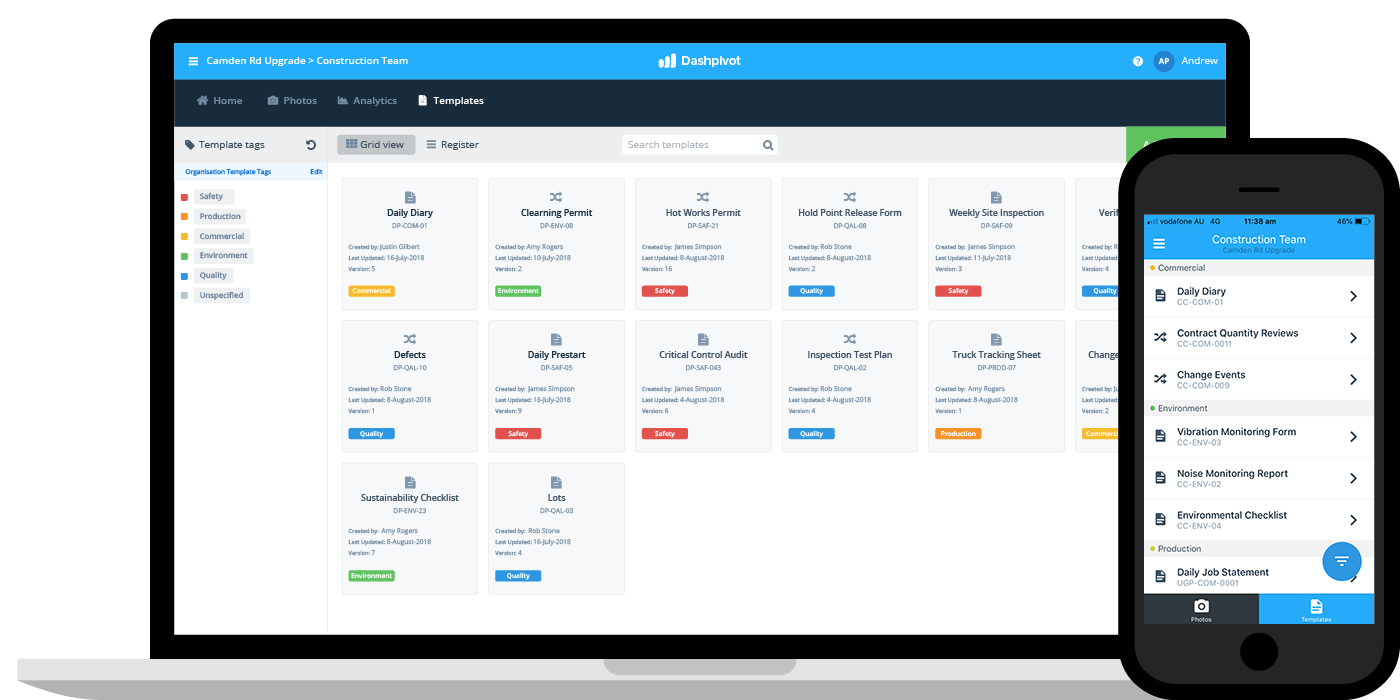Optimizing Task Cooperation: Designer's Finest Practices in Construction Record Administration
In the intricate world of architectural tasks, the effective monitoring of construction papers stands as a cornerstone for success. Engineers, with their precise focus to detail and innovative style solutions, are entrusted with managing a harmony of resources, timelines, and stakeholders. Nonetheless, in the middle of this intricacy lies an important inquiry: exactly how can engineers streamline cooperation processes to improve task outcomes? By discovering key methods such as leveraging cloud-based systems, developing robust communication procedures, and ensuring data safety, engineers can boost their document administration techniques to new heights.
Leveraging Cloud-Based Platforms
Leveraging cloud-based platforms is an essential method for contemporary designers in maximizing building and construction record monitoring procedures. By transitioning from typical paper-based systems to shadow remedies, engineers can simplify partnership, enhance paper access, and improve general project efficiency. Cloud-based platforms supply engineers the capacity to shop, share, and update building and construction documents in real-time, guaranteeing that all staff member have accessibility to the most present information regardless of their place. This accessibility promotes smooth interaction and control amongst project stakeholders, resulting in fewer errors and hold-ups in the construction process.
Additionally, cloud-based platforms offer a protected atmosphere for keeping delicate project details, offering encryption, regular back-ups, and customer authorization setups to protect information honesty. Designers can also profit from the scalability of cloud solutions, permitting them to adjust storage space capability and functionality based on task needs. Overall, leveraging cloud-based platforms equips architects to optimize their building and construction file monitoring procedures, driving greater partnership, performance, and success in their projects.
Implementing Variation Control Solution
Having established the benefits of cloud-based platforms in building paper monitoring, architects can currently boost their document control procedures by implementing Variation Control Systems. Variation Control Equipment (VCS) are vital tools that track modifications in records, making sure that group participants are constantly collaborating with the most up to date and most precise details. By carrying out VCS, architects can keep a central database where all job records are saved, allowing smooth collaboration while lessening the danger of errors and version conflicts.
One key advantage of Version Control Equipment is the capacity to track the full history of document changes, permitting customers to change to previous variations if needed (construction document management). This function is especially beneficial in construction projects where style iterations and modifications prevail. VCS helps with much better communication amongst team participants by supplying a clear audit path of who made certain modifications and when they were made. This transparency not just enhances accountability yet likewise helps in resolving disagreements or inconsistencies that may emerge during the task lifecycle.
Establishing Interaction Protocols
To make certain effective and reliable project sychronisation, engineers should develop clear and robust communication methods within their construction paper management processes. Interaction protocols specify the methods, frequency, and networks via which employee exchange details, updates, and feedback. One crucial aspect of developing these methods is determining check these guys out a centralized interaction system where all project-related discussions and file sharing can take area. This system could be a project administration software program, email strings, or cloud-based storage space solutions. By setting guidelines on exactly how info is distributed and exactly how employee communicate with each other, architects can streamline the flow of data and stop miscommunications or hold-ups in the construction procedure.
Additionally, interaction procedures ought to also consist of guidelines on how to handle conflicts, adjustment orders, and immediate problems that may arise throughout the job lifecycle. Establishing a structured method to communication makes certain that all stakeholders get on the exact same page, advertises transparency, and ultimately adds to the effective completion of the construction job.
Making Use Of BIM Software Application for Coordination
BIM software program plays an essential duty in boosting sychronisation amongst job staff member in the building industry. Structure Information Modeling (BIM) promotes cooperation by supplying a centralized site system where architects, designers, specialists, and other stakeholders can interact in a worked with way. With BIM software application, project individuals can access and update a shared design that includes detailed information regarding the building style, construction parts, and project routines.

In addition, BIM software application allows real-time collaboration and interaction among employee, regardless of their physical area. With cloud-based BIM systems, task stakeholders can access the current project details, track changes, and make educated decisions promptly. Generally, leveraging BIM software for control boosts project performance, efficiency, and inevitably causes effective job outcomes.
Ensuring Data Security and Conformity
In the realm of building and construction file monitoring, protecting information integrity and making certain regulatory conformity are paramount considerations for engineers and other job stakeholders. Architects need to implement robust protection steps to shield sensitive project information from unauthorized accessibility or breaches. Utilizing safe and secure cloud storage options with encryption procedures and accessibility controls can help reduce threats associated with data burglary or loss. Routinely upgrading click site software program and systems, conducting safety and security audits, and supplying team training on data safety and security finest methods are essential steps in preserving a safe setting for building and construction file monitoring.

Conclusion
In conclusion, engineers can enhance task partnership in building and construction file monitoring by leveraging cloud-based platforms, carrying out version control systems, establishing interaction methods, using BIM software program for sychronisation, and making certain data safety and conformity. These best methods aid streamline the building and construction process, boost interaction amongst task stakeholders, and enhance effectiveness in task delivery. By complying with these standards, architects can efficiently take care of construction documents and assist in effective task outcomes.
Through BIM software application, job participants can access and upgrade a common model that contains comprehensive info concerning the structure layout, construction components, and project schedules.
With cloud-based BIM systems, job stakeholders can access the most recent task details, track adjustments, and make educated choices without delay - construction document management. Overall, leveraging BIM software for control boosts task performance, performance, and inevitably leads to effective job results
In final thought, architects can optimize job cooperation in building and construction record monitoring by leveraging cloud-based systems, carrying out version control systems, establishing communication methods, making use of BIM software program for control, and making sure data security and conformity. These finest methods help streamline the building process, boost interaction among project stakeholders, and boost effectiveness in project delivery.
Comments on “Simplify Collaboration: The Power of Construction Document Management Solution”